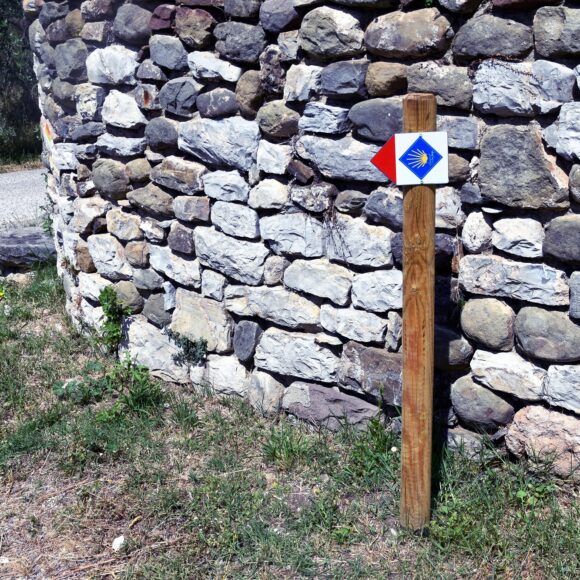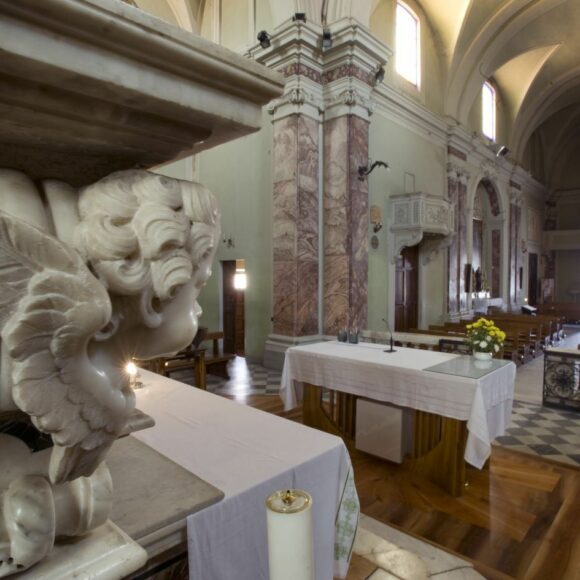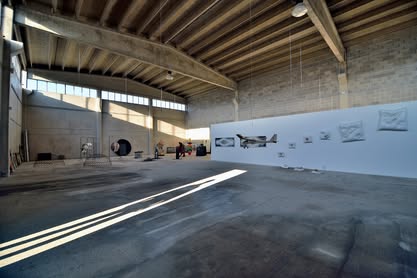Casalguidi
Home / places / Casalguidi
Fortified in 1181, Casalguidi was long contested. Destroyed multiple times, it found stability under Cosimo I de’ Medici, who subjected it to Serravalle.
Casalguidi, originally known as Casale, is a lowland locality fortified in 1181 by the people of Pistoia following the arrival of Frederick Barbarossa.
The first inhabitants settled on the hills of San Biagio, where they built a temple dedicated to Venus, later consecrated to Saint Romulus. The Lombards partially destroyed this small settlement and it later fell into the hands of the Carolingians. They granted it as a reward to Ildebrando of the Guidi Counts, who had participated in the First Crusade with 400 soldiers and is believed to have established his residence where the current rectory stands. It is thought that in the sixteenth century, the name Casale was enriched with a suffix, transforming it into Casalguidi to commemorate the rule of the Guidi Counts.
Since 1062, the Bishop began collecting tithes from the curtis in Casale, which included a castle and vast land holdings. The village was inhabited by a rural community that, around 1132, began to emancipate itself, occupying the lordly lands, which were later controlled by the Municipality of Pistoia.
A memorial by Bishop Ildebrando of Pistoia from the same year mentions the parish church, officially recorded only in 1218 with a bull issued by Pope Honorius III. It stood within the castle, which had been fortified with walls since 1181. Previously, the place of worship had been located on the hills overlooking the ancient church of San Biagio, whose ruins have been recently discovered.
In 1301, the troops of Corso Donati, marching towards Pistoia—a White Guelph stronghold—destroyed the village and its surrounding lands. In 1318, at the time of peace between the Guelphs and the Ghibellines, the town remained off-limits to exiles from the latter faction. In 1382, Casale was reinforced with new, massive crenellated walls, but in 1391, it succumbed to the siege of Jacopo del Verme, a captain sent to Tuscany by Gian Galeazzo Visconti of Milan. It then faced the harsh retaliation of Florentine troops under Giovanni Acut, who razed the settlement to the ground to suppress further attacks.
The 15th century was a period of peace but also impoverishment and demographic decline. Towards the end of the century and the beginning of the next, the village became the stage for the bloody rivalry between the powerful Pistoian families of the Panciatichi and the Cancellieri. Only under Medici rule did these conflicts subside, culminating in the pacification imposed by Cosimo I, who established local magistracies in the area, placing Casalguidi under the jurisdiction of Serravalle.
The Fair
The Casalguidi Fair is one of the oldest fairs in Tuscany, inaugurated in 1885.
Originally dedicated to livestock, it has grown and evolved over time to keep up with the times and continues to be a point of reference for the region.
Experience the territory





